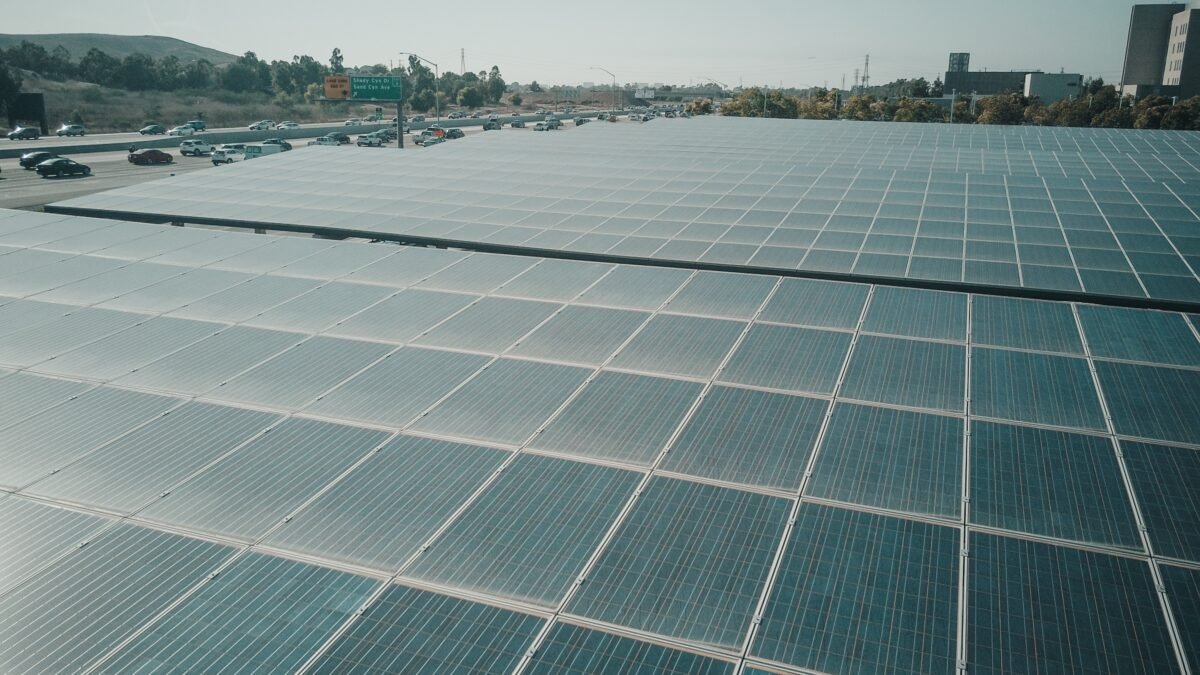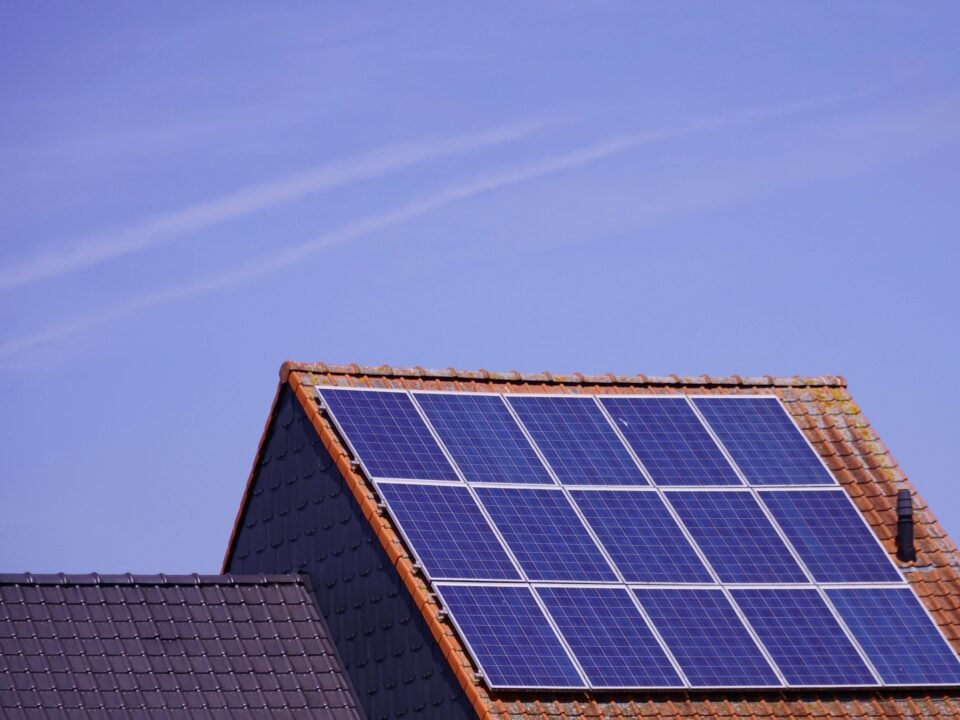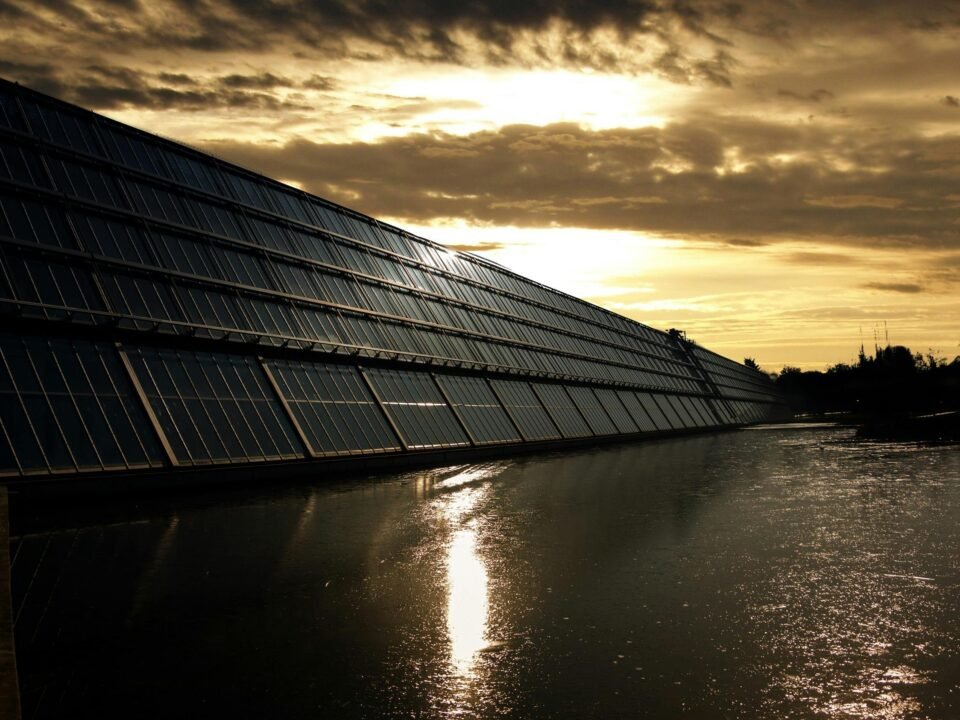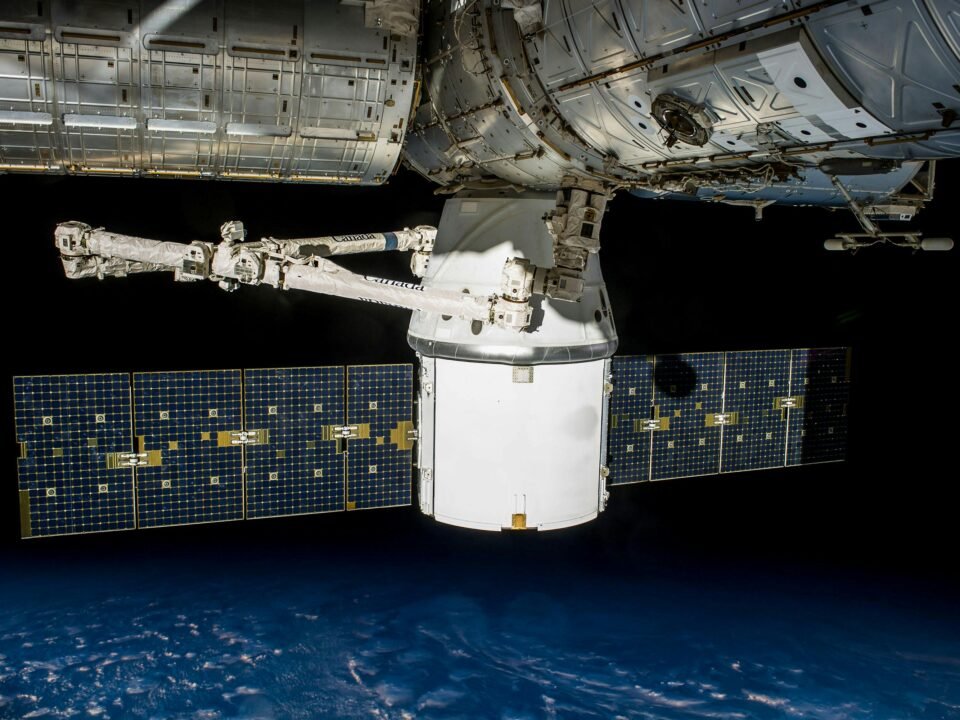
Wind Energy: A Powerful Force Driving the Green Economy
September 29, 2023
Wind Energy and Grid Stability: Bridging the Power Gap
September 29, 2023Solar energy has gained immense popularity as a clean and renewable energy source, but one of its limitations is its intermittency. The sun doesn’t shine at night, and even during the day, weather conditions can reduce solar power generation. To make solar energy a reliable source of electricity, we need effective energy storage solutions. Enter solar energy storage systems, which allow us to capture sunlight during the day and use it when the sun isn’t shining, including during rainy days.
The Need for Solar Energy Storage
The sun’s energy is abundant and free, making it an attractive choice for power generation. However, the availability of sunlight varies throughout the day and across different regions. Solar panels produce the most electricity during peak sun hours but none at night. Moreover, cloudy or rainy days can significantly reduce solar power output. Solar energy storage addresses these challenges by allowing excess energy to be stored and used when it’s needed most.
How Solar Energy Storage Works
Solar energy storage systems typically consist of three main components:
- Solar Panels: These capture sunlight and convert it into electricity during the day.
- Battery Storage: Energy generated by solar panels is stored in batteries. These batteries store excess electricity for use when solar production is low or nonexistent, such as at night or on cloudy days.
- Inverter: The inverter converts direct current (DC) electricity from the solar panels into alternating current (AC) electricity, which is used to power your home or business.
Benefits of Solar Energy Storage
- Energy Independence: Solar energy storage systems enable homes and businesses to become more self-sufficient. With sufficient energy storage, you can reduce your reliance on the grid, especially during peak demand times or when grid power is unavailable.
- Increased Reliability: Having stored energy means you have a reliable source of electricity even when external factors, such as grid failures or weather conditions, disrupt your primary power source.
- Cost Savings: By using stored solar energy during peak demand periods when electricity rates are highest, you can save money on your energy bills.
- Environmental Benefits: Solar energy storage reduces the need for backup generators and fossil fuel-based power sources, resulting in fewer greenhouse gas emissions and a smaller carbon footprint.
Types of Solar Energy Storage Systems
- Lead-Acid Batteries: These are a traditional but less efficient option for solar energy storage. They are affordable and widely available but have shorter lifespans compared to other battery technologies.
- Lithium-Ion Batteries: Lithium-ion batteries are more efficient and longer-lasting than lead-acid batteries. They are commonly used in solar energy storage systems due to their reliability and performance.
- Flow Batteries: Flow batteries, such as vanadium redox flow batteries, store energy in liquid electrolytes. They have long lifespans and can be charged and discharged repeatedly.
- Solid-State Batteries: Emerging battery technology like solid-state batteries offers high energy density and improved safety, potentially revolutionizing solar energy storage in the future.
Challenges and Future Prospects
While solar energy storage has made significant strides, challenges remain. Energy storage systems can be expensive, and battery technology needs further improvement to enhance efficiency and reduce costs. Additionally, recycling and disposal of batteries pose environmental concerns that require careful management.
The future of solar energy storage is promising. As technology advances and economies of scale are realized, solar energy storage systems are becoming more accessible and affordable. Innovations in materials and designs are continually improving the efficiency and longevity of energy storage solutions. In conclusion, solar energy storage is a crucial component of a sustainable and reliable energy future. By capturing sunlight during the day and storing it for rainy days and nights, we can maximize the benefits of solar power while reducing our carbon footprint. As we continue to invest in and develop solar energy storage technology, we are taking a significant step toward a cleaner and more resilient energy landscape.




